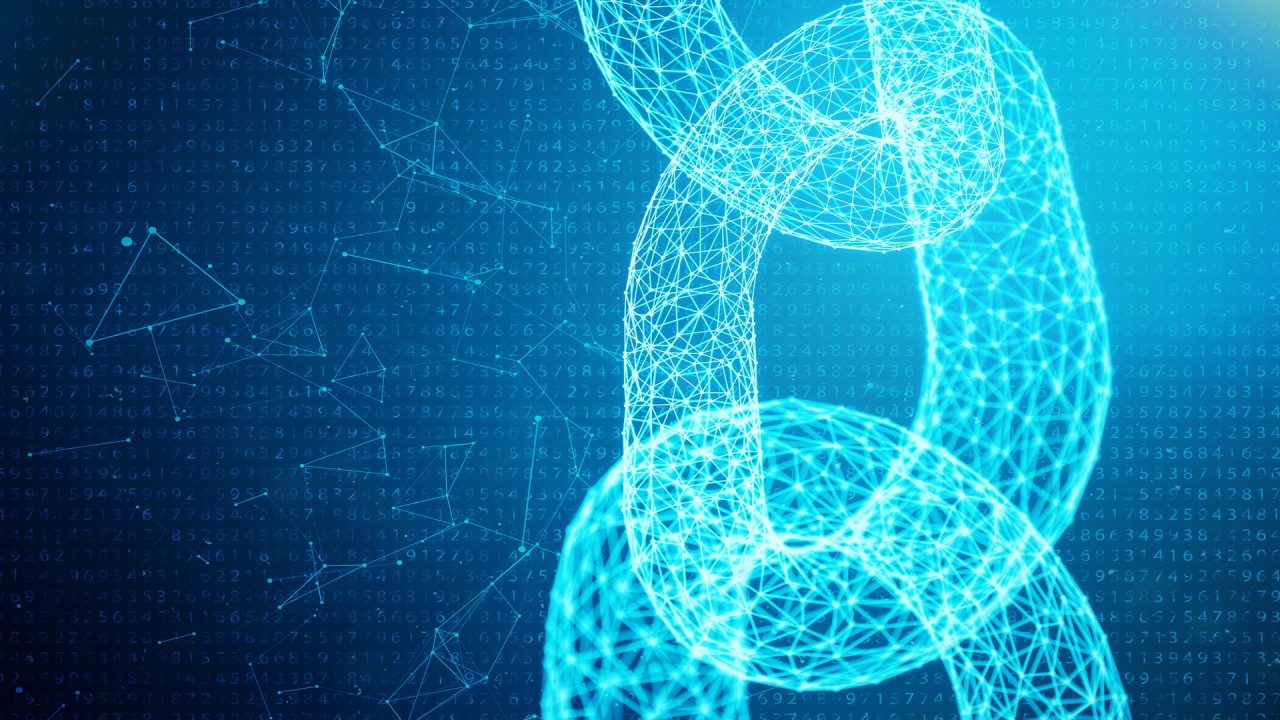Blockchain in Education: Ensuring Transparency and Security

Lately, blockchain innovation brings extended past its underlying use in digital currencies to the table for groundbreaking likely across different areas, including schooling. Incorporating blockchain into training vows to upset scholarly record the executives, improve straightforwardness, and reinforce security. This article investigates blockchain’s possible in schooling, looking at its advantages, difficulties, and future possibilities.
Understanding Blockchain Technology
Blockchain is a decentralized, circulated record innovation that records exchanges across numerous PCs in a way that guarantees information can’t be retroactively modified. Every exchange, or “block,” is connected to the past one, making a “chain” of blocks. This plan gives strong security and straightforwardness, as all organization members approach similar information, and whenever data is placed into the blockchain, it is almost unchanging.
Blockchain’s Role in Ensuring Transparency
- Academic Record Verification One of the most effective advantages of blockchain in training is its capacity to safely and productively confirm scholastic qualifications. Customary check strategies can be extensive and helpless against extortion. By putting away scholarly records on a blockchain, establishments can give computerized confirmations and declarations that are effectively unquestionable by bosses and other instructive substances. This lessens the gamble of deceitful cases and guarantees that data stays precise and current.
- Tracking Student Progress Blockchain technology can be utilized to track student progress in real time. By recording each student’s achievements, assignments, and evaluations on a blockchain ledger, educators can maintain a transparent and tamper-proof record of academic performance. This transparency builds trust among students, educators, and institutions, as everyone can access an immutable record of academic progress.
- Enhanced Administrative Processes Administrative functions within educational institutions, such as course registrations, grading, and transcript management, can benefit from blockchain’s transparency. Blockchain can streamline these processes by providing a clear, unchangeable record of transactions. For example, once a grade is entered into the blockchain, it cannot be modified without a transparent record of the change, reducing the likelihood of administrative errors and disputes.
Enhancing Security Through Blockchain
- Data Integrity The decentralized nature of blockchain technology protects against data tampering. In education, this means that sensitive information—such as student grades, personal data, and academic records—is securely stored and resistant to unauthorized changes. Blockchain’s cryptographic methods ensure data integrity, providing a strong defense against breaches and fraud.
- Decentralized Storage Blockchain eliminates the need for a central data repository, which minimizes the risks associated with single points of failure. Traditional educational databases can be vulnerable to compromise, leading to the potential loss or manipulation of sensitive information. With blockchain, data is distributed across a network of computers, making it far more challenging for malicious actors to alter or access unauthorized information.
- Smart Contracts Smart contracts are self-executing agreements with terms directly written into code. In the educational sector, smart contracts can automate various administrative tasks, such as verifying prerequisites for course enrollment or processing scholarship applications. These contracts execute automatically based on predefined conditions, reducing human error and ensuring secure and transparent transactions.
Challenges in Implementing Blockchain in Education
- Technical Complexity Implementing blockchain technology in education requires substantial technical expertise and infrastructure. Educational institutions must invest in the necessary technology and training to deploy and maintain blockchain systems. The complexity of blockchain could also present a barrier to adoption for institutions lacking technical resources or expertise.
- Privacy Concerns While blockchain enhances transparency and security, it also raises privacy issues. Academic records are highly sensitive, and storing them on a blockchain could potentially expose personal information if not managed properly. Balancing transparency with privacy is essential, and institutions must ensure that sensitive data is encrypted and access is carefully controlled.
- Scalability Issues Blockchain networks can encounter scalability challenges, particularly when handling a large volume of transactions. In education, where records and transactions can be numerous, blockchain system performance might be impacted. Addressing scalability concerns is crucial to ensure that blockchain technology can effectively support the demands of educational institutions.
The Future of Blockchain in Education
Despite the challenges, the potential advantages of blockchain in education are significant. As technology continues to evolve, solutions to these challenges are likely to emerge, making blockchain more viable and effective for educational purposes. The future of blockchain in education may involve:
- Global Credential Verification Blockchain could facilitate the global verification of credentials, allowing educational qualifications to be recognized and validated across borders. This would streamline processes for students seeking to study or work internationally, promoting greater mobility and collaboration in the global educational landscape.
- Personalized Learning Blockchain could make personalized learning experiences more achievable. By tracking individual progress and achievements on a blockchain ledger, educational systems could tailor curricula to meet the unique needs and strengths of each student, fostering a more customized and effective learning experience.
- Decentralized Educational Platforms Blockchain could enable the development of decentralized educational platforms where content, resources, and assessments are managed collaboratively. These platforms could democratize access to education and reduce reliance on traditional institutions, offering a broader range of learning opportunities.
Conclusion
Blockchain technology offers significant promise for enhancing transparency and security in education. By providing immutable records, decentralized storage, and automated processes through smart contracts, blockchain addresses key challenges in educational management. Although issues such as technical complexity, privacy concerns, and scalability need to be resolved, the potential benefits make blockchain a compelling option for the future of education. As technology progresses and solutions to current challenges are developed, blockchain could play a crucial role in creating a more transparent, secure, and efficient educational environment.



